Los Santos EcoTrail – Where Tradition and Tourism Walk Hand In Hand
In a region of Costa Rica known for premium coffee production and crisp mountain air, a visionary project to address the most urgent challenges facing communities is being developed by a group of community leaders and Vancouver Island University.
With the steady growth of the tourism industry throughout the country, rural communities have struggled to find a balance between conserving traditional lifestyles and natural resources while also earning an income. Through small-scale agrotourism, the region of Los Santos, southwest of San Jose, is able to preserve its precious rural way of life.
A multi-day trail, known informally as the Los Santos Eco-Trail, has saved the day. Inaugurated last year, the trail winds the thick cloud forest of the Dota region, linking a handful of quaint farming communities and homestays over 31 miles (50 km) before emerging on the Pacific Ocean in Quepos.
The trail begins just off the Pan-American Highway, at the journey’s highest point in our journey, where trees are gnarled by their constant exposure to cold winds and rain at roughly 3000 meters (10,000 feet). The Talamanca Mountains separate the city of San Jose from southern Costa Rica, and traders, settlers, and explorers sought shelter in these structures as they crossed the mountains connecting the two regions. While the route has since been replaced by highway, the house still stands as a reminder of the hardships these rural people endured to bring their crops to the market.
From the shelter, the trail drops in elevation through Quetzales National Park into one of several valleys that must be crossed over the coming days. At this elevation, the mighty rivers that eventually charge into the Pacific are clear trickling streams that cascade through the heavily forested region, and our senses are filled with chattering birds and swirling mist.
As we approach the first village, small-scale coffee farms soon dot the landscape. Following traditional growing methods, these farms integrate mixed crops like banana, plantain, apples, and avocado, and much of the coffee is growing under the shade of trees.
The trail continues to cross small farms and forested sections linking a series of rural farming villages. Each community offers distinctive cultural activities and experiences. We learn to dance, make artisanal crafts, cook tortillas and tamales from scratch, and many other lessons taught to us by the exceptionally kind families of each village. Warmth is the common thread that connects the people we meet who smile and welcome us into their homes as family.
Traditional livelihoods are emphasized throughout the adventure, and we are involved in learning how these communities have survived off the land for generations. The people of Providencia show us the process of high grown sustainable coffee harvesting from bush to hand driven grinder. Quebrada Grande surprises us with the fact that they produce the highest yield of avocados per tree in the country. In Santa Maria we learn about the challenges of sustainable small-scale farming, while in Naranjillo we process sugar cane into juice and crude molasses. As the trail drops in elevation, the vegetation, wildlife, and chief crops changes, but the opportunity to learn directly from farmers that depend on the practices gives this tour an authenticity unlike other tourism experiences in Costa Rica.
“We really believe in this project, and we are doing this for the future of our children,” said our community representative upon leaving a coffee farm that boasts an additional 86 other edible and medicinal crops. “We love our rural way of life, and don’t want to see that disappear.”
As we approach the end of the trail, small-scale farms are replaced by large swathes of palm oil and eventually more conventional tourism in Quepos and Manuel Antonio, but the memories of the rich cultural emersion with our new friends throughout the trail gives much hope for a future of tourism projects that aim to conserve rural traditions and natural resources for generations to come. an innovative advance of tourism projects aiming at conserving rural community traditions and natural resources for generations to come.
The Los Santos Eco-Trail is still in development, but to learn more about it or the Heart of Gold Project visit www.heartofgoldproject.com
Originally published in Nature Landings June/July 2013 Issue

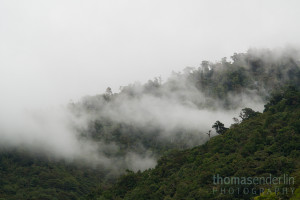

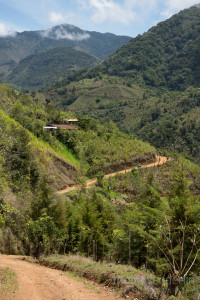
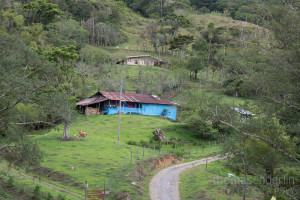
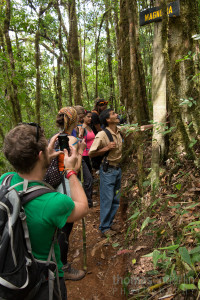
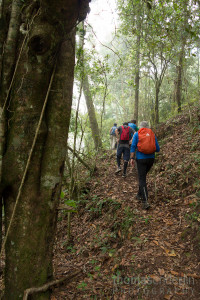
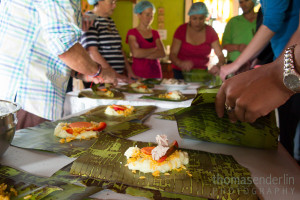
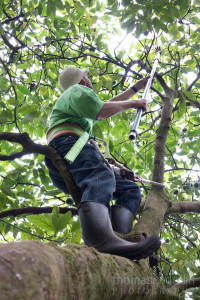

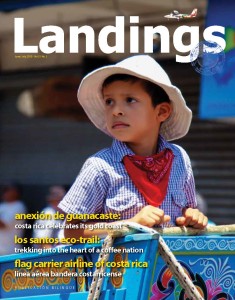
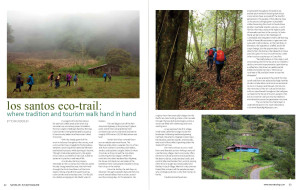
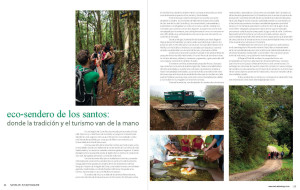
Comments are closed.